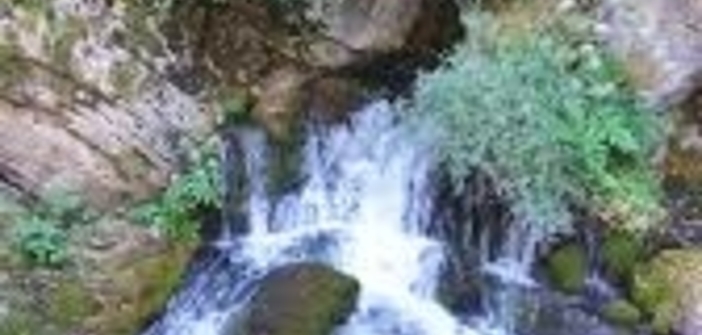Perched on Saint Sébastien hill, Castellar overlooks the Careï River from its 365 meters of altitude. The crests of Roche Longue, stretching from the sea northward, form the border between France and Italy.
It’s on the Orméa mountain of this range that the man from Castellar was found, a Neolithic burial site, dating back to 6000 years before Christ. The first mention of a village appears in a deed from the Count of Vintimille dated January 19, 1258.
Through this grant, Count Guillaume of Vintimille transferred the fief of Castellar to the Count of Provence, Charles I of Anjou. The first castle is said to have been built by the administrators of Peille seeking protection from the Saracens. This structure is mentioned in a document from 1302, and its remains can be seen in the old village, which was located higher up at 870 meters of altitude.
The fief reverted to the Lascaris of Vintimille in 1388. They are the descendants of Guillaume of Vintimille through their mother Eudoxia Lascaris, daughter of the Eastern Emperor Theodore II. In 1435, through an agreement with Gorbio, the village of Castellar moved onto Saint Sébastien hill.
The authorization document is precise: Build 29 houses of the same height, fortify them probably with blind walls, and inhabit them. The fortifications were due to raids and wars. They were demolished during the War of the Austrian Succession in 1747.
Castellar was elevated to a county by a letter dated December 13, 1771, for the benefit of Joseph Marie Lascaris. The religious heritage consists of Saint Peter’s parish church from the 16th century and six chapels: Romanesque Saint Sébastien from the 13th century, Holy Spirit or White Penitents from the 17th century, Our Lady of Mercy or Black Penitents, also from the 17th century, Saint Anthony where a witchcraft trial in 1623 led to the execution of a woman, Saint Roch or Good Voyage, and Saint Bernard at the Razet pass, on a path where Bernard of Clairvaux once preached the Crusade.
The village of Castellar, situated away from tourist flows, has managed to retain its soul, and it’s a good thing.
Thierry Jan


